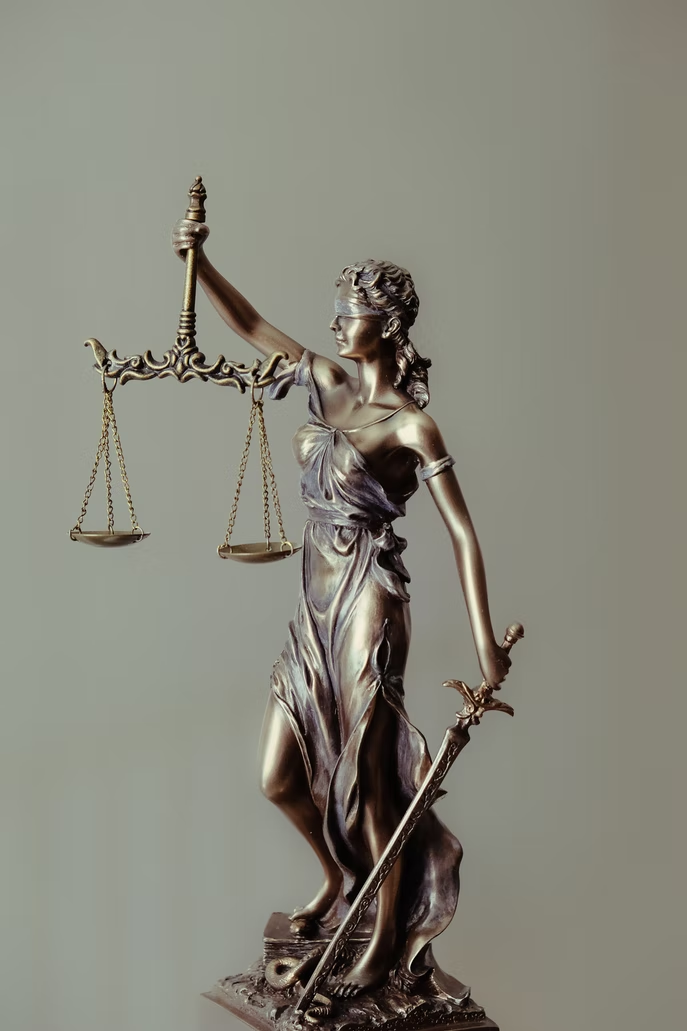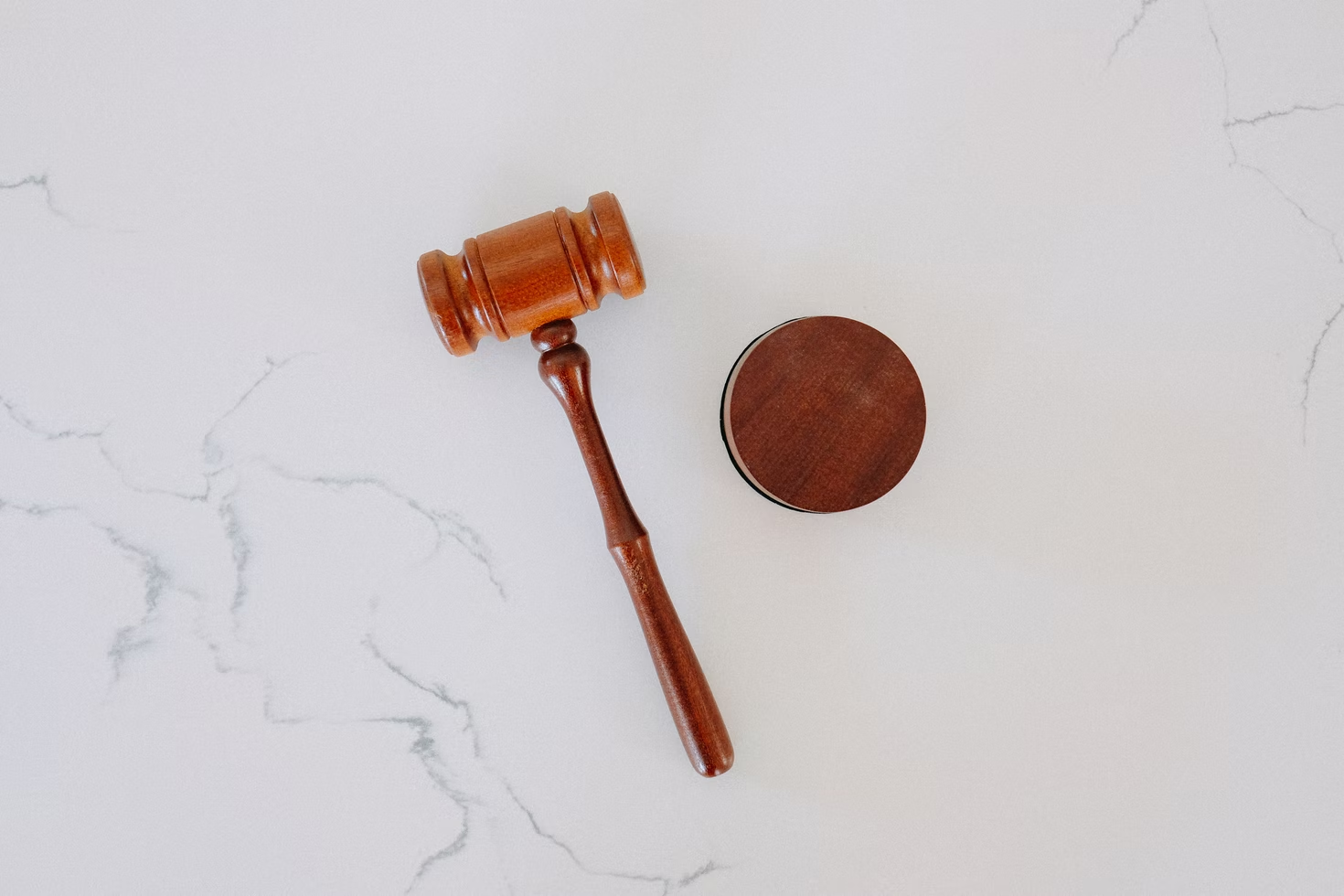What Is Defamation And False Light? - What Are The Distinctions Between Them?
The Tort of "False Light" is one of the most problematic of all the "Privacy" Torts, due to its close resemblance to the Tort of "Defamation,"...
May 06, 2022146K Shares2.3M Views

What Is False Light- The Tort of "False Light" is one of the most problematic of all the "Privacy" Torts, due to its close resemblance to the Tort of "Defamation," as well as the various conflicts that recognition of such a Tort could potentially create.
Thats why this article will focus in the concept of "False Light" in law and the differences between the tort of "Defamation"
False Light Concept And Elements
The Tort of "False Light," like numerous other "Privacy" Torts, is designed to safeguard the plaintiff's mental or emotional well-being. The Tort of "False Light," like the other Privacy Torts (save the Tort of "Intrusion"), requires (at least tacitly) some type of "publishing" to be actionable.
As the name suggests, "False Light" necessitates the making of a false (or at least misleading) statement, and as a result, it sometimes appears to overlap with the distinct Tort of "Defamation."
In some ways, if the information spread about the plaintiff is actually untrue, a case for "Defamation" can be brought, and there is no need for a separate "Privacy" Tort action.
However, there are numerous scenarios in which information is communicated that is "misleading," even if it is not "technically" untrue.
Even yet, the consequence of exposing such false material about the plaintiff to the "public eye" is humiliating and potentially harmful to the plaintiff. Even among nations that recognize the Tort of False Light, the particular components of the Tort differ significantly.
These Components Often Include The Following
- The Defendant's publishing regarding the Plainitff.
- created with true malice.
- This casts the Plainitff in an unflattering light.
- That would be Highly Offensive.
False Light Example
Consider the case of a newspaper article concerning child abuse in churches.
The newspaper may be responsible for false light if the editor includes an image of an innocent priest who has not been accused of or otherwise related with child abuse, because the presence of the photograph indicates that the priest is involved in child molestation.
The newspaper-defendant would simply claim that no remark was made concerning the pictured priest and child abuse in a defamation lawsuit.
Defamation Concept And Elements
People may assume they have been 'defamed' if someone says or suggests anything terrible about their character to a third party, but whether or not this is defamatory depends on the context and to whom it was spoken.
Each case has its own set of facts. Words and other materials (such as cartoons) can be defamatory by innuendo, which requires the reader to put two and two together in order to comprehend the defamatory meaning.
In general, the 'natural and usual meaning' of anything is used to establish if it is defamatory.
The basis for determining what is or is not defamatory is based on the community's overall norms, not simply those of a specific segment or group.
Defamatory statements are those that have caused or are expected to do substantial harm to a person's reputation.
These utterances might be in the form of social media comments, articles, or even online reviews.
Damage to an excluded corporation's reputation is not considered serious unless it has resulted in, or is likely to result in, significant financial loss.
The Plaintiff Must Show The Following Criteria In Order To Establish Defamation
- To another, the defendant made a comment regarding the plaintiff.
- The plaintiff's reputation was harmed by the comment.
- The claim was untrue.
- If the plaintiff is a public figure or was involved in a newsworthy event or other public event, the defendant must have made the false statement knowingly or recklessly disregarding the plaintiff's rights.
- There are no privileges that apply.
Defamation Example
No matter how harmful a speech may have been, truth is a perfect defense.
Essentially, a defendant can make any public remark about the plaintiff, no matter how detrimental or hurtful to the plaintiff's reputation, as long as the statement is true.
For example, if a plaintiff cheated on his wife, he cannot successfully sue a defendant for publishing that information in a magazine or newspaper.
Defendants may alternatively argue that their public speech was only an expression of their own opinion, in which case they will be excused from the lawsuit.
If that fails, they may ask the court to declare the plaintiff a restricted public figure, allowing the greater reckless disregard requirement to apply.
Defamation And False Light - What's The Difference?
False light is aimed to protect a person from the offense or shame that follows from a misleading or inaccurate inference, whereas defamation is meant to protect a person from harm to their reputation.
This fundamental distinction leads to practical disparities in how the parties address a reputational injury situation.
- A defamatory comment only needs to be made to one other person, but a false light revelation must be made to a wide enough number of persons to be declared "public."
- Defamation is used to safeguard a person's reputation. A non-offensive remark about someone might be damaging to their reputation. As a result, defamation does not necessitate an insulting or humiliating utterance. False light, on the other hand, necessitates a disagreeable or humiliating inference.
- False light requires that the defendant acted recklessly while making the insinuation or misleading statement/disclosure. This is an exceptionally high standard. In defamation cases, the reckless disregard criterion is only required if the plaintiff is a public figure or a restricted public figure.
- The truth is a full defamation defense. The truth defense has a distinct effect on false light. If the inference is untrue, a defendant's accurate remark regarding a plaintiff cannot be utilized to save the defendant. If the defendant's suggestion about the plaintiff is genuine, however, it can be used to defend against a false light claim.
People Ask
What Is Placing A Person In False Light?
The plaintiff must show the following components in a misleading light claim: The plaintiff's information was released by the defendant.The material must cast the plaintiff in an unflattering or false light.
To a rational individual with average sensitivities, the material is exceedingly unpleasant or humiliating.
What Is An Example Of False Light?
Here are a few examples of misleading light: A business distributes a photograph of a married couple with the statement that their sole interest in each other is sex.
Tyra, John's ex-girlfriend, has filed for bankruptcy, according to John's Facebook newsfeed.
What Is False Light Quizlet?
The deliberate or careless presentation of a person in the public eye in a false light, which is very insulting to a reasonable person.
Conclusion
It's critical to know the distinctions between the two types of'reputational injury' causes of action, defamation and false light, so you can assess the strength and breadth of your claim moving forward.
We hope that this essay has assisted you in resolving difficult circumstances involving the notions of a what a false light and defamation are.
However, if you are in serious legal problems, you should see a lawyer about your unique situation for suitable answers.
Latest Articles
Popular Articles

